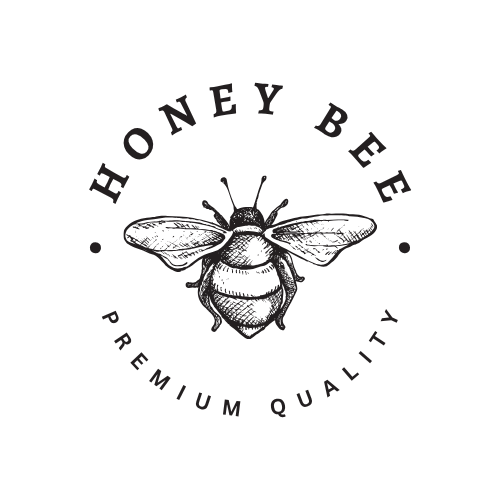Pest Library
Friendly Pest Solutions, LLC
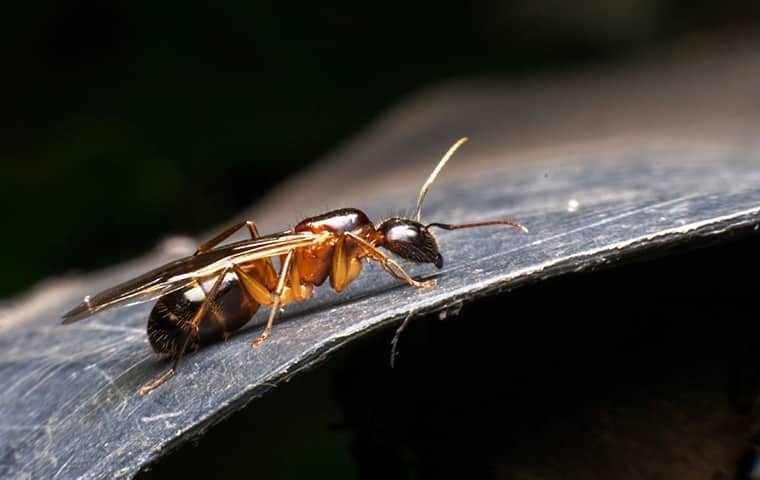
Ants
Learn MoreAnts are among the most common household pests and are easy to recognize by their segmented bodies—head, thorax, and abdomen—along with six legs and a pair of antennae. While most ants are wingless, reproductive members of the colony develop wings and emerge only a few times a year. They vary in size and color, ranging from black and brown to red and yellow. Though ants typically nest outdoors, they often enter homes in search of food or shelter from harsh weather, and some may establish nests indoors. In our region, frequent ant species include ghost ants, Florida carpenter ants, crazy ants, and pharaoh ants.
Ant infestations can be either a nuisance or a threat. Nuisance ants, like ghost ants and crazy ants, invade in large numbers and are difficult to eliminate, but they don’t pose serious risks to people or property. Dangerous ants, such as pharaoh ants and Florida carpenter ants, can transmit bacteria, contaminate surfaces, or damage structural wood. Pharaoh ants are especially concerning in healthcare settings due to their ability to infect wounds, while carpenter ants can compromise the integrity of buildings. To help prevent ant problems, homeowners should trim vegetation away from the house, seal exterior gaps, maintain dry indoor conditions, and limit food sources by securing trash and cleaning up outdoor eating areas.
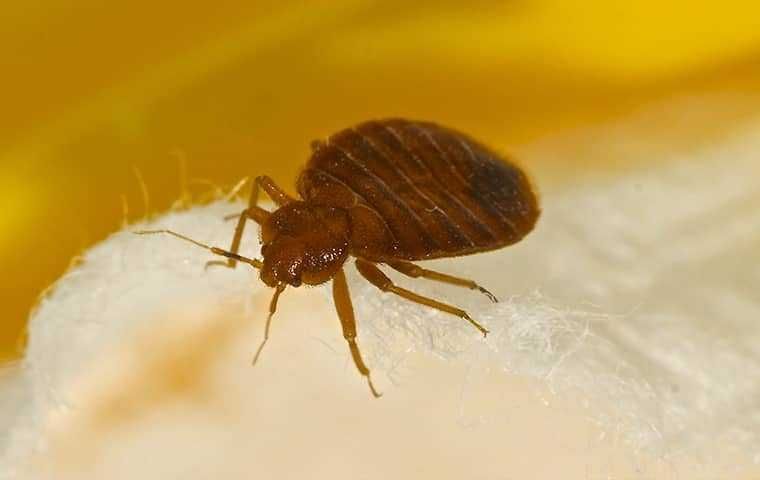
Bed Bugs
Learn MoreBed bugs are small, parasitic insects that feed primarily on human blood, though they can also bite other mammals. These pests use a specialized, elongated mouthpart to pierce the skin and draw blood, typically while their host is sleeping. Bed bugs are nocturnal and hide during the day in tight spaces like mattress seams, furniture cracks, and baseboards. Adults are wingless, about ¼ inch long, and have a flat, oval shape. Before feeding, they appear reddish-brown and resemble apple seeds; after feeding, they swell and turn a darker, purplish-red. Nymphs look similar but are smaller and pale yellow, turning bright red after feeding.
Bed bugs thrive in places where people live or gather in large numbers—such as hotels, airports, schools, hospitals, and public transportation. In homes, they usually start in sleeping areas and can spread throughout the house if left untreated. While their presence is unsettling, bed bugs are not known to transmit diseases. To reduce the risk of exposure, keep personal items off the floor in public places, avoid used furniture, inspect hotel rooms before unpacking, and regularly wash bedding and vacuum your home. Using protective covers on mattresses and box springs can also help prevent infestations.
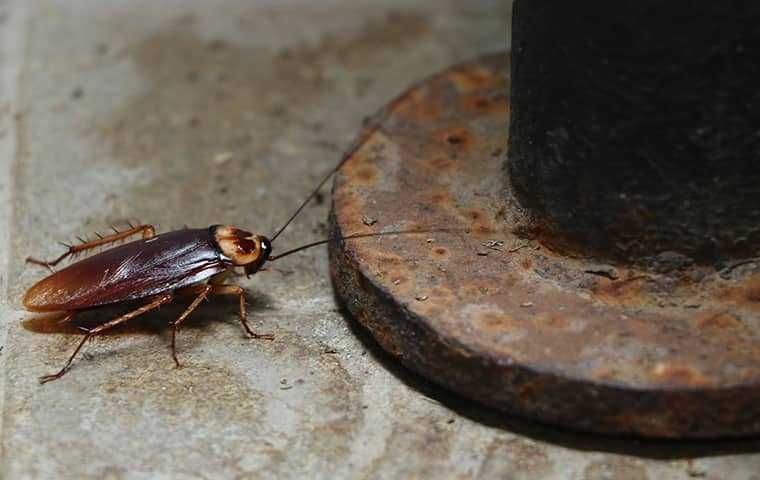
Cockroaches
Learn MoreCockroaches are resilient insects that thrive in a wide range of environments, both indoors and outdoors. With flat, oval-shaped bodies and small heads, they are scavengers that feed on nearly anything. Common species in our area include the American, Australian, German, and brown-banded cockroaches. These pests are social and reproduce quickly, often forming large infestations.
Indoors, cockroaches hide in ceilings, attics, crawlspaces, and behind appliances—especially near moisture sources like pipes and faucets. They’re also found in basements, bathrooms, kitchens, and laundry rooms. Outdoors, they live in mulch, trees, garbage areas, and near sewers. Because they often travel through unsanitary places, cockroaches can carry bacteria, viruses, and parasites that cause illnesses such as diarrhea and dysentery. Their droppings and shed skins can also trigger allergies and asthma, particularly in children and those with weakened immune systems.
To prevent cockroach infestations, seal cracks in your home’s foundation, install weather stripping and door sweeps, and cover vents with mesh. Eliminate food and water sources by fixing leaks, using dehumidifiers, and storing food in airtight containers. Always inspect secondhand furniture, appliances, and packages before bringing them inside to avoid introducing cockroaches into your home.
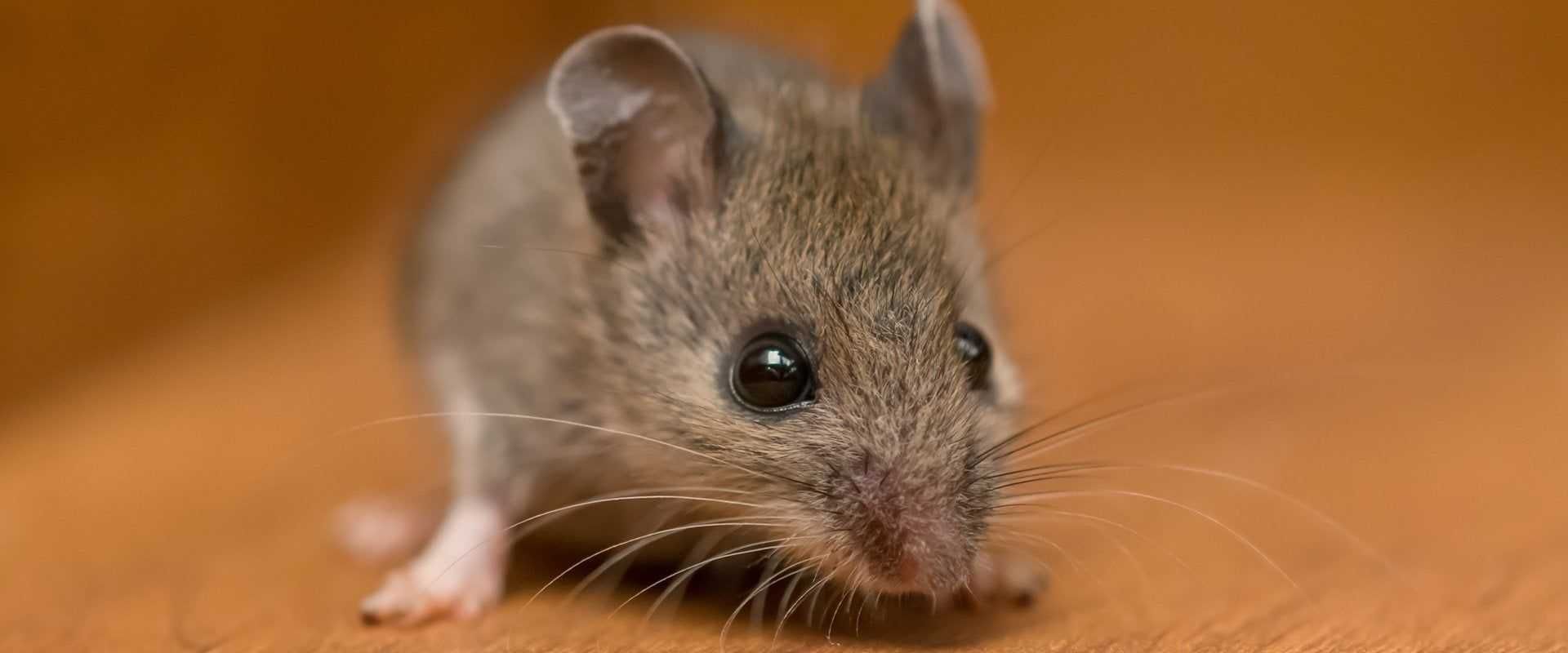
Rodents
Learn MoreRodents are a diverse group of small mammals—including mice, rats, squirrels, and voles—that play vital roles in ecosystems. They serve as prey for many predators and contribute to soil health and plant diversity through burrowing and seed dispersal. Common traits among rodents include continuously growing incisors and a high level of adaptability to various environments.
While ecologically important, rodents can become problematic when they invade human spaces. They may damage plants, contaminate food, and spread diseases. Managing rodent populations requires a balance between effective control and minimizing harm to both people and wildlife.
Prevention is key to rodent control. Sealing entry points in walls, windows, and doors helps keep them out, while storing food in airtight containers and maintaining cleanliness removes attractants. Traps—both snap and live-catch—are useful for capturing rodents indoors, and rodenticides can be used with caution, following safety guidelines to protect pets and children.
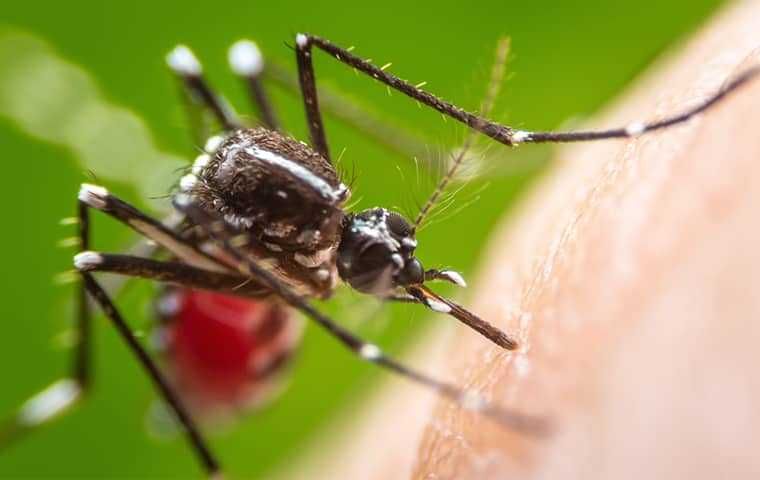
Seasonal Pests
Learn MoreSeasonal pests typically live outdoors for much of the year but often move indoors during certain times—especially in late summer and early fall when temperatures drop, or during extreme heat. These pests seek shelter, warmth, and access to food. Some, like mosquitoes, are more active during specific seasons and become recurring nuisances year after year. Fortunately, with the help of trained professionals, these pests can be effectively managed and controlled.
Common seasonal pests in our area include rodents, spiders, and mosquitoes. Rodents may enter homes year-round but are especially problematic in fall and winter. Spiders, usually outdoor hunters, may move inside during hot weather or heavy rain. Mosquitoes thrive in warm, humid conditions and are most active in spring and summer when breeding conditions are ideal.
To protect your home or business, seal all potential entry points—cracks in the foundation, gaps around windows and doors, and damaged screens. Install door sweeps, chimney caps, and weather stripping. Reduce food sources by securing trash cans, limiting flowering plants near the home, and maintaining gardens. Keep your yard tidy by mowing regularly, removing debris, and trimming vegetation away from the building.
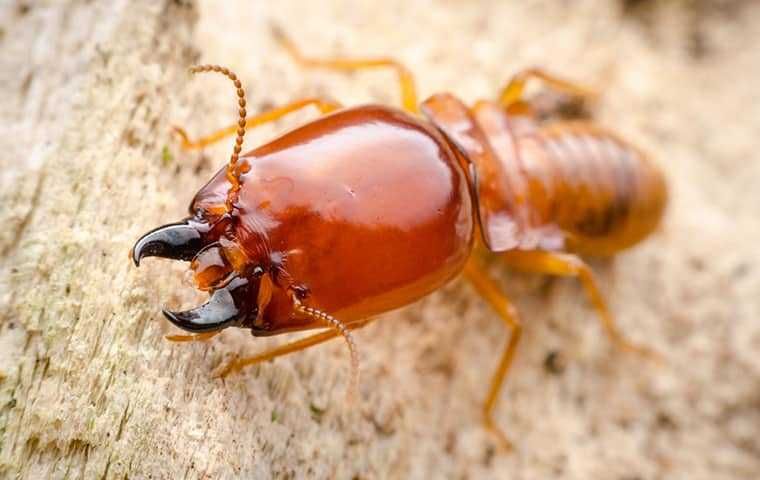
Termites
Learn MoreTermites are cellulose-feeding insects that play an important role in nature by breaking down decaying plant material. However, when they invade homes and other structures, they become destructive pests. Termites feed on wood, leaves, tree roots, and other plant-based materials, making buildings especially vulnerable to damage if infestations go unnoticed.
These insects live in large colonies with a caste system made up of workers, soldiers, and reproductives. In the Tampa Bay Area, the most common species are Formosan, eastern subterranean, and drywood termites. Formosan termites form massive colonies and can cause extensive damage quickly, nesting both underground and above ground. Eastern subterranean termites are widespread across the U.S. and nest exclusively underground. Drywood termites, on the other hand, infest dry wood like furniture and trim, and their colonies are typically smaller.
To protect your home, reduce moisture by using dehumidifiers, ventilating crawlspaces and attics, and fixing leaks. Maintain gutters, seal cracks in the foundation and roof, and avoid direct soil-to-wood contact. Store firewood off the ground and away from your home, and remove any water-damaged wood or scrap materials from your property to reduce the risk of infestation.
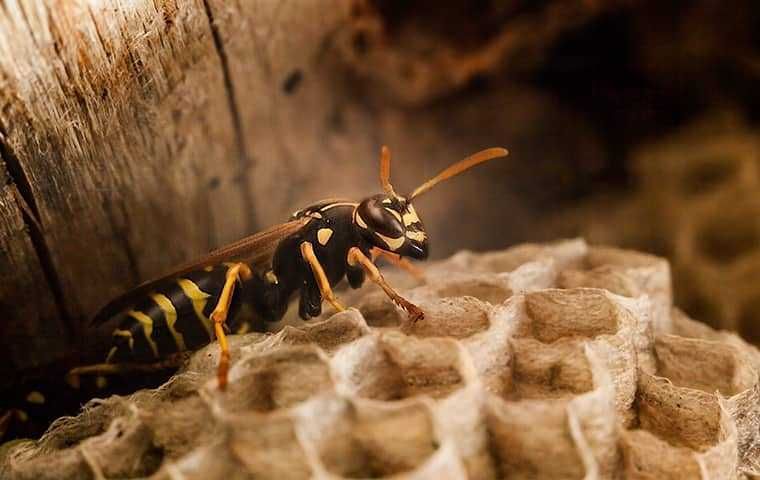
Wasps, Hornets, & Bees
Bees, wasps, and hornets are important insects that contribute to ecosystems in different ways. Bees are essential pollinators, supporting plant reproduction and food production. They live in colonies with complex social structures, build wax nests, and communicate through movement. Some species, like honeybees, also produce honey.
Wasps, while also pollinators, are better known for their role as predators of other insects, helping control pest populations. Most wasps are solitary, though some form colonies. They have slender, brightly colored bodies and build nests in sheltered areas. Hornets, a type of large wasp, are social and known for their aggressive nest defense and painful stings, but they also help balance ecosystems by preying on other insects.
All three can sting and may trigger allergic reactions or even anaphylaxis in sensitive individuals. If a nest is located near your home and poses a risk to people or pets, it’s best to contact Friendly Pest Solutions for safe removal. To prevent stinging insects, eliminate standing water, reduce flowering plants near your home, trim overgrown vegetation, remove yard debris, and seal potential entry points into your home.


